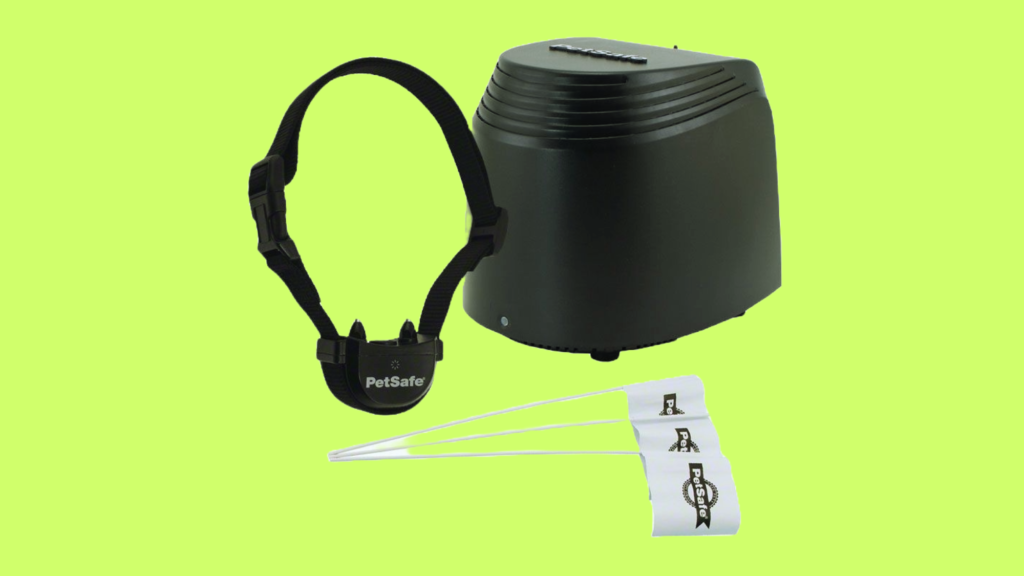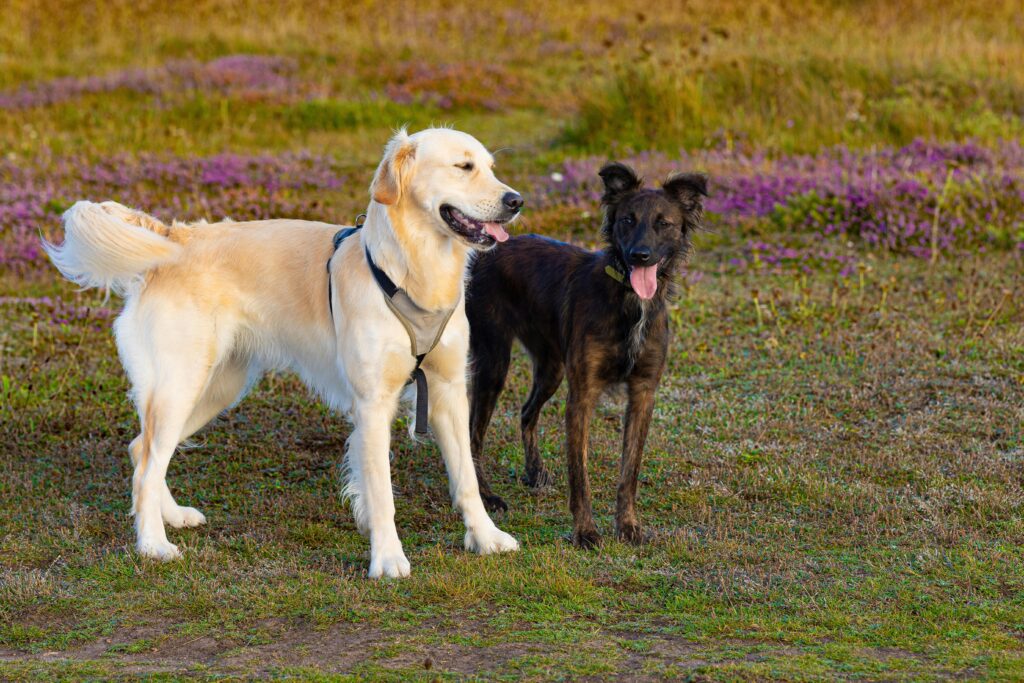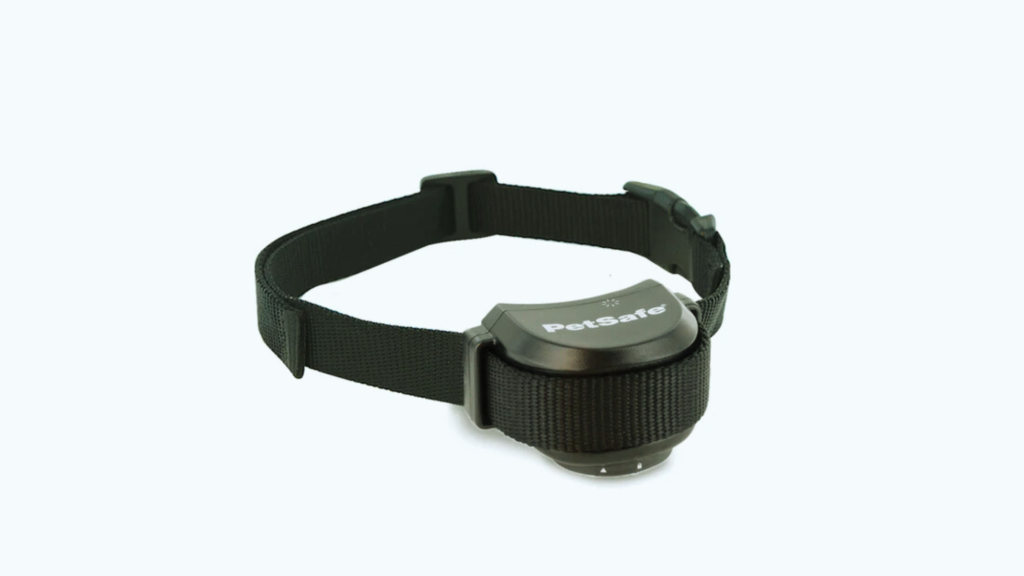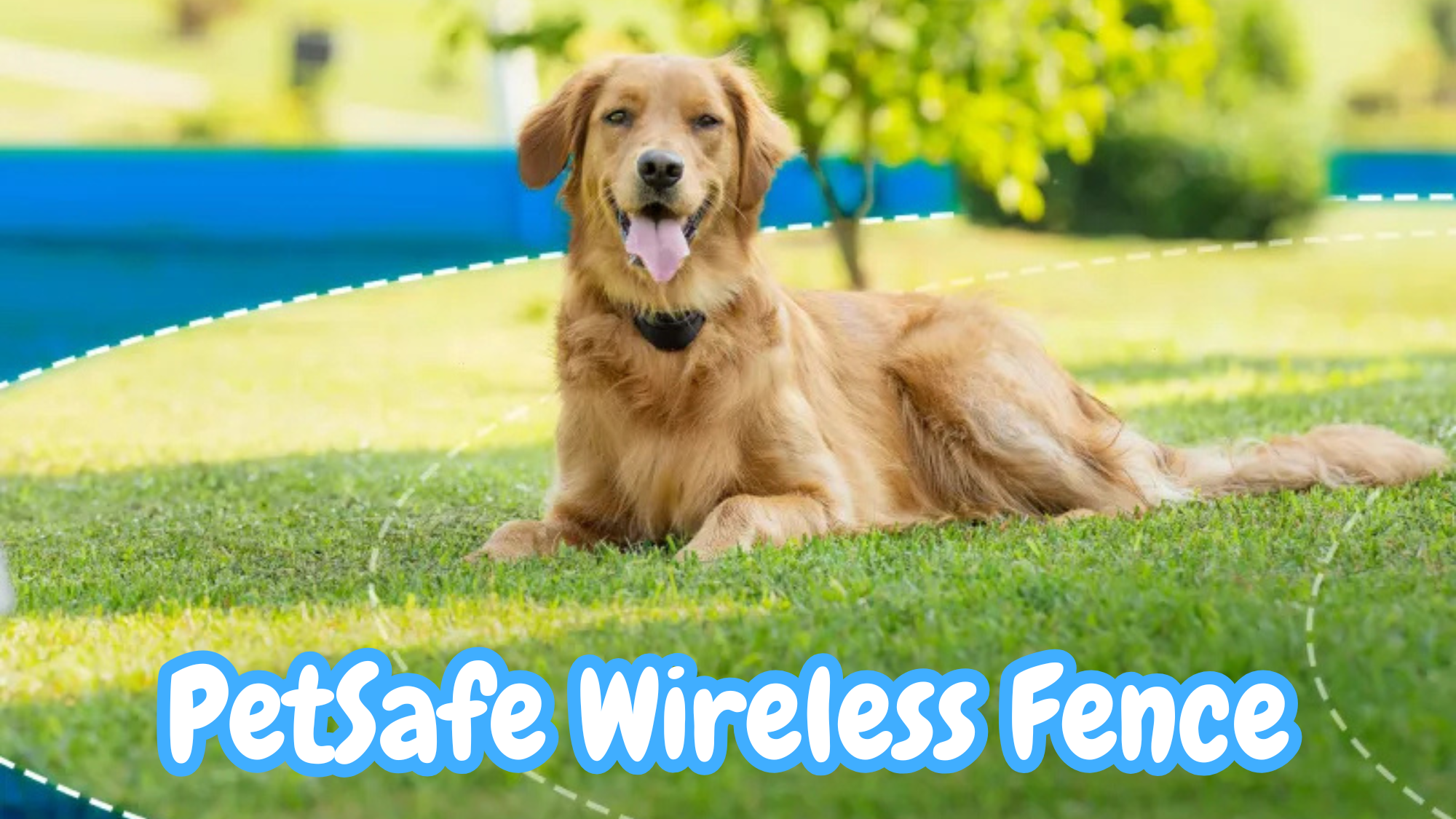| Summary: Yes, the PetSafe Wireless Fence works effectively when used correctly. It creates an invisible boundary using radio signals, providing a safe containment solution without physical fences. Proper training, signal stability, and terrain suitability are key for success. While effective for most dogs, stubborn breeds and interference may reduce reliability. |
Pet owners seeking a hassle-free way to contain their dogs often consider the PetSafe Wireless Fence as an alternative to traditional physical fencing. This system promises convenience, ease of installation, and effective containment without digging or complex wiring. But does it really work as advertised? So, does petsafe wireless fence work?
We’ll explore the functionality of the PetSafe Wireless Fence, its reliability, advantages, limitations, and common troubleshooting solutions. Whether you’re considering buying one or trying to optimize its performance, this guide has everything you need to know.
To discover what activities bring joy to Australian Cattle Dogs, check out this detailed guide on What do Australian Cattle Dogs enjoy?.
Blog Highlights
ToggleHow Does PetSafe Wireless Fence Work?
So, does petsafe wireless fence work? The PetSafe Wireless Fence operates on a simple but effective system based on radio frequency. Unlike in-ground wired fences that require you to bury wires, this wireless system creates a circular boundary around the transmitter. Here’s how it works:
Key Components of the System
- Wireless Transmitter – This device emits a signal, forming an adjustable circular containment area around your home.
- Receiver Collar – Your dog wears this collar, which detects the transmitter’s signal. If your pet approaches the boundary, the collar beeps as a warning. If they continue, it delivers a static correction.
- Adjustable Boundary Radius – The system allows you to set a radius (typically up to ½ acre) where your pet can roam freely.
- Portable Design – Since it doesn’t require buried wires, you can move the system to different locations, making it ideal for travel.

The fence creates an invisible perimeter that prevents your pet from wandering beyond set limits, relying on behavioral conditioning to train them to stay within the designated area. To find the ideal collar size for your Australian Cattle Dog, check out this guide on What’s the ideal collar size for an Australian Cattle Dog? for helpful tips on measurement and fit recommendations.
Effectiveness of the PetSafe Wireless Fence
Effectiveness of the Does PetSafe Wireless Fence Work is crucial for determining if it’s the right solution for your pet containment needs.
How Well Does It Contain Dogs?
The effectiveness of the PetSafe Wireless Fence depends on various factors, including:
✔ Dog Size & Temperament – Works best on dogs weighing at least 8 pounds. Stubborn or highly determined dogs may require additional training.
✔ Training Consistency – Proper training ensures dogs understand their boundaries. Pets that aren’t trained may ignore warnings or break through the barrier.
✔ Signal Stability – The system relies on a steady radio frequency. Interference or obstacles can affect performance.

Real-World User Experiences
Many dog owners find the PetSafe Wireless Fence effective in preventing their pets from straying, especially when combined with consistent training. However, some users report limitations, particularly with signal inconsistencies. Find out which collar color works well for a Rottweiler to complement their bold appearance and highlight their unique features.
Advantages of the PetSafe Wireless Fence
The PetSafe Wireless Fence offers several advantages over traditional fences and in-ground containment systems:
1. No Digging or Complex Installation
Unlike wired fences that require trenching and burying wires, this wireless system only requires plugging in the transmitter and setting the boundary size. Installation takes as little as 1-2 hours.
2. Portability & Travel-Friendly Design
If you frequently move or travel with your pet, this system can be taken anywhere with a power source. It’s great for camping trips, RVs, or temporary homes.
3. Adjustable Coverage Area
You can modify the containment area’s size to suit your property and adjust it as needed.
4. Works for Multiple Dogs
The system supports multiple receiver collars, making it suitable for households with more than one dog.

5. Affordable Alternative to Physical Fences
Compared to the high cost of installing a physical fence, this wireless system is a budget-friendly option. Learn if Dachshunds need special collars to provide the right support and comfort for their unique body shape.
Limitations and Common Issues
“Does PetSafe Wireless Fence Work” can help you understand the potential challenges and problems users might experience while using the system
While the PetSafe Wireless Fence is convenient, it does have some limitations:
1. Circular Boundary Restriction
Unlike wired fences that can be customized to any shape, the wireless fence only offers a circular boundary. This may not be ideal for oddly shaped yards.
2. Signal Interference Problems
Obstacles such as metal siding, trees, and uneven terrain can cause signal fluctuations, affecting boundary accuracy.
3. Limited Range
The maximum range is about ½ acre, which may not be sufficient for larger properties.
4. Not Suitable for Very Stubborn Dogs
Some strong-willed dogs may ignore static correction, especially if they are highly motivated to escape (e.g., chasing prey).

5. Battery Reliance
The receiver collar relies on battery power, requiring frequent replacement or charging.

Training Your Dog for the PetSafe Wireless Fence
Proper training is essential for this system to work effectively. Here’s a step-by-step guide:
Step 1: Introduce Your Dog to the Boundary
- Place training flags around the perimeter.
- Walk your dog around the area while they wear the receiver collar.
- Let them hear the warning beep and guide them back when they get close.
Step 2: Teach the Warning Signals
- Let your dog experience the warning beep without correction first.
- If they continue past the boundary, allow them to feel a mild static correction while guiding them back.
Step 3: Reinforce with Positive Training
- Use treats, praise, and playtime when they stay within boundaries.
- Avoid negative reinforcement, as fear-based training may cause anxiety.
Step 4: Supervise Until Fully Trained
- Do short training sessions (10-15 minutes) multiple times a day.
- Over a couple of weeks, your dog will learn to respect the boundary.
Discover What’s the ideal collar size for a French Bulldog puppy? to ensure both safety and comfort during their growing stages.
Troubleshooting Common Issues
If your PetSafe Wireless Fence isn’t working as expected, here are solutions to common problems:
1. Inconsistent Boundary Signals
- Cause: Obstacles, metal objects, or Wi-Fi interference.
- Solution: Relocate the transmitter to an open space and remove large metal objects nearby.
2. Dog Ignores the Static Correction
- Cause: Thick fur, weak correction level, or a stubborn dog.
- Solution: Increase the correction level and ensure proper collar fit.
3. Random Correction While Inside the Boundary
- Cause: Signal instability or low battery in the receiver collar.
- Solution: Change the collar battery and reposition the transmitter for better coverage.
4. Collar Not Beeping or Correcting
- Cause: Dead battery or faulty contact points.
- Solution: Replace the battery and check for dirt or loose prongs.
Optimizing Your PetSafe Wireless Fence for Maximum Performance
Here are some expert tips to get the best results:
✔ Place the Transmitter Centrally – Avoid placing it near metal appliances or in basements, as this can weaken signals.
✔ Use Training Flags – Visual markers help reinforce the invisible boundary.
✔ Regularly Check Collar Fit – Ensure the receiver contacts touch your dog’s skin for consistent correction.
✔ Monitor Battery Levels – Replace batteries on time to avoid lapses in function.
✔ Gradual Training – Don’t rush the process; let your dog adjust at their own pace.
Understand if French Bulldogs can wear dog collars and how it affects their neck structure and overall health.
Real-World Performance: How the PetSafe Wireless Fence Works for Different Dog Breeds and Environments
While the PetSafe Wireless Fence is designed to be a universal solution for pet containment, real-world performance can vary based on dog breed, temperament, and environmental factors. Understanding these variations can help determine whether this system is the right fit for your specific situation.
Effectiveness Based on Dog Breeds
Different dog breeds react uniquely to the wireless fence, largely due to their size, temperament, and training adaptability.
✔ Best-Suited Breeds for the PetSafe Wireless Fence:
- Labrador Retrievers & Golden Retrievers – These breeds respond well to training and quickly adapt to the boundary system.
- Beagles & Cocker Spaniels – Medium-sized breeds with moderate energy levels tend to respect the containment system when properly trained.
- Poodles & Doodles – Intelligent breeds that learn fast and adapt well to invisible fence training.
✖ Breeds That May Struggle with the Wireless Fence:
- Huskies & Malamutes – These breeds are notorious for their strong prey drive and stubbornness. They may ignore static correction if highly motivated to escape.
- German Shepherds & Rottweilers – Large breeds with strong willpower may require additional reinforcement training.
- Chihuahuas & Toy Breeds – Small dogs may have difficulty activating the correction points due to their lightweight size.
How to Improve Effectiveness for Hard-to-Train Breeds
- Use higher correction settings for stubborn breeds.
- Invest extra time in boundary training with visual markers like flags.
- Pair the wireless fence with positive reinforcement training (treats, toys, and praise).
Performance in Different Outdoor Environments
The terrain, obstacles, and overall layout of your property significantly impact the effectiveness of a wireless fence system.
✔ Best Environments for the PetSafe Wireless Fence:
- Open yards with minimal obstructions – Flat, grassy areas with no large trees or buildings allow for optimal signal transmission.
- Suburban homes with small to medium-sized yards – The ½-acre coverage works well for most standard backyards.
✖ Challenging Environments for the System:
- Heavily wooded areas – Trees and thick vegetation can interfere with the radio signal, creating inconsistencies.
- Hilly or sloped terrain – Uneven landscapes may cause fluctuations in boundary signals, leading to unpredictable correction points.
- Metal-heavy properties – Large metal sheds, fences, or metal-sided buildings can distort the signal and reduce effectiveness.
How to Improve Performance in Difficult Environments
- Position the transmitter strategically – Place it in a central location, away from large metal objects.
- Test boundary consistency before finalizing placement – Walk the perimeter with the receiver collar to check for weak spots.
- Consider an in-ground fence for irregularly shaped yards – If wireless signals fluctuate too much, a wired system might be a better choice.
Comparing the PetSafe Wireless Fence to Other Containment Solutions
Before committing to a wireless fence, it’s helpful to compare it with other popular containment methods.
Each system has its own pros and cons, so choosing the right one depends on your dog’s needs, property size, and lifestyle.
Frequently Asked Questions (FAQs) About the PetSafe Wireless Fence
1. Can the wireless fence harm my dog?
No, the static correction is designed to be mild and safe. It feels like a quick static shock, similar to what you experience when touching a doorknob after walking on carpet.
2. What happens if my dog runs past the boundary?
If your dog ignores the correction and runs past the boundary, the system does not automatically bring them back. You will need to retrieve your dog and continue training.
3. How long does training take?
Most dogs learn to respect the boundary within 2-3 weeks with consistent training.
4. Will the wireless fence work in bad weather?
Rain and snow typically do not affect performance, but severe storms and power outages can cause temporary disruptions.
5. Can multiple dogs use the same fence?
Yes! The system supports multiple receiver collars, so you can contain multiple dogs within the same boundary.
Final Verdict: Does the PetSafe Wireless Fence Work?
Yes, the PetSafe Wireless Fence works effectively when used correctly. It provides a safe, portable, and cost-effective containment solution for dogs. However, its effectiveness depends on factors such as training, terrain, and signal strength.
✔ Ideal for: Owners who need a quick and flexible fencing solution for small to medium-sized yards.
✖ Not ideal for: Large properties, stubborn dogs, or heavily wooded areas with signal interference.
If you’re willing to commit to consistent training and your yard meets the system’s requirements, the PetSafe Wireless Fence can be a valuable tool in keeping your pet safe and secure. Hope so, now you know the answer: Does petsafe wireless fence work?





